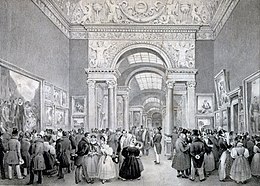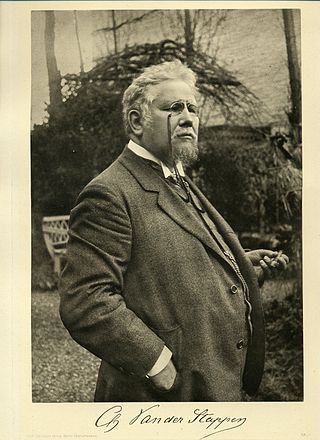
Charles van der Stappen, was a Belgian sculptor, born in Saint-Josse-ten-Noode.

The Royal Museums of Fine Arts of Belgium are a group of art museums in Brussels, Belgium. They include six museums: the Oldmasters Museum, the Magritte Museum, the Fin-de-Siècle Museum, the Modern Museum, the Antoine Wiertz Museum and the Constantin Meunier Museum.

The Royal Academy of Fine Arts of Brussels is an art school in Brussels, Belgium, founded in 1711. Starting from modest beginnings in a single room in Brussels' Town Hall, it has since 1876 been operating from a former convent and orphanage in the Rue du Midi/Zuidstraat, which was converted by the architect Victor Jamaer. The school has played an important role in training leading local artists.
Ignace Brice was a neoclassical painter of genre, portraits and religious scenes from Brussels.
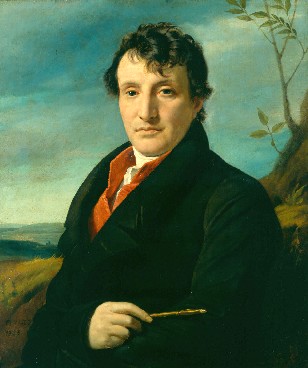
Henri Van Assche was a Belgian painter; primarily of landscapes. He was especially well-known for his depictions of waterfalls and water mills. Some of his scenes contain animals painted by Balthasar Paul Ommeganck.

Paul Bouré or Paul-Joseph Bouré was a Belgian artist. Poised to become one of the most notable sculptors of his time, he died at the age of 25.

Hippolyte Emmanuel Boulenger was a Belgian landscape painter influenced by the French Barbizon school, considered to be "the Belgian Corot".

Rodolphe Paul Marie Wytsman was a Belgian Impressionist painter. He trained at the Académie Royale des Beaux-Arts in Brussels, and was one of the founding members of Les XX, a group of avant-garde Belgian artists.
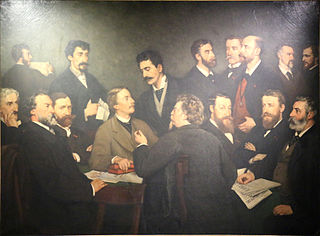
The Société Libre des Beaux-Arts was an organization formed in 1868 by Belgian artists to react against academicism and to advance Realist painting and artistic freedom. Based in Brussels, the society was active until 1876, by which time the aesthetic values it espoused had infiltrated the official Salon. It played a formative role in establishing avant-gardism in Belgium.

Antoine-Félix Bouré, known in his own time as Félix Bouré but sometimes found in modern scholarship as Antoine Bouré, was a Belgian sculptor, best known for his monumental lions.

Jules Lagae was a Belgian sculptor and medallist, born in Roeselare.
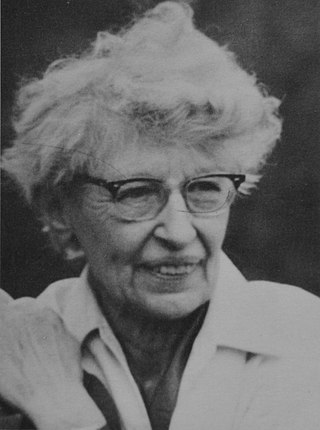
Éliane Georgette Diane de Meuse was a Belgian painter. She was the wife of Max Van Dyck. They met at the Académie Royale des Beaux-Arts, Brussels where they attended the courses of the same professors.

Sculpture in Brussels has been created since the Middle Ages to the present day. It began to shine in the second half of the 14th century with Claus Sluter's arrival in Brussels and the construction of the city's Town Hall. It continued without interruption and reached its momentum during 15th and 16th centuries. Until the end of the Ancien Régime, sculptors in Brussels were members of the Quatre Couronnés Guild of the Nation of St Nicholas and then the Royal Academy of Fine Arts.
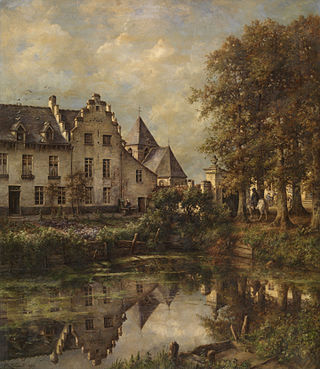
Marie Collart-Henrotin was a Belgian artist who mainly painted landscapes and animals.

Joseph Stevens, birth name Edouard Joseph Léopold Stevens was a Belgian animalier painter and engraver. He is mainly known for his paintings with dogs as the principal subject. This included dog portraits, dogs interacting among themselves or with their masters and dog markets. From depicting sentimental scenes in a Romanticist manner his art developed towards a more Realist rendering of dogs living on the street or working for travelling entertainers. He won the admiration of the French realist painter Courbet for these efforts. He was a pioneer of Realism in Belgian art. He further painted horses and singeries, scenes with monkeys engaging in human activities. A few marines by his hand are also known.

Gisbert Combaz, or Ghisbert Combaz, was a Belgian painter, lithographer, illustrator, poster artist, furniture designer, sculptor, art educator, art historian and lawyer. He originally trained and practised as a lawyer, but gave up his legal career to dedicate himself to art education and art. He was one of the leading Belgian Art Nouveau artists. Despite his talents as a painter, he is now mainly known for his poster designs and postcards as well as his First World War drawings expressing his hatred for the German occupiers. His work showed a strong influence of his in-depth study of Japanese and Chinese art.

Élisa de Gamond, born in Brussels on 3 April 1804 and died in Ixelles on 3 March 1869, was a Belgian painter known for her neo-classical works in the field of mythology.
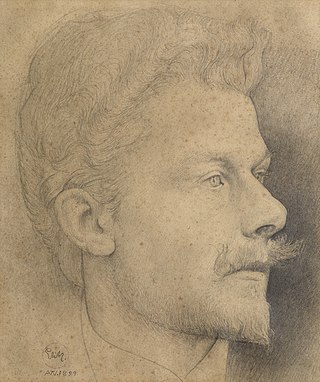
Charles Mertens, Karel Jozef Mertens or Karel Mertens was a Belgian draughtsman, painter, muralist, etcher and illustrator. He is known for his portraits, landscapes and genre scenes. He painted many scenes with fishermen and fishing boats.

Charles Picqué, also called Charles-Louis Picqué, was a Belgian painter, lithographer and engraver known for his neo-classical and romantic works. He was distinguished in several fields: portraiture, landscape, still-life, sacred art and history painting.

